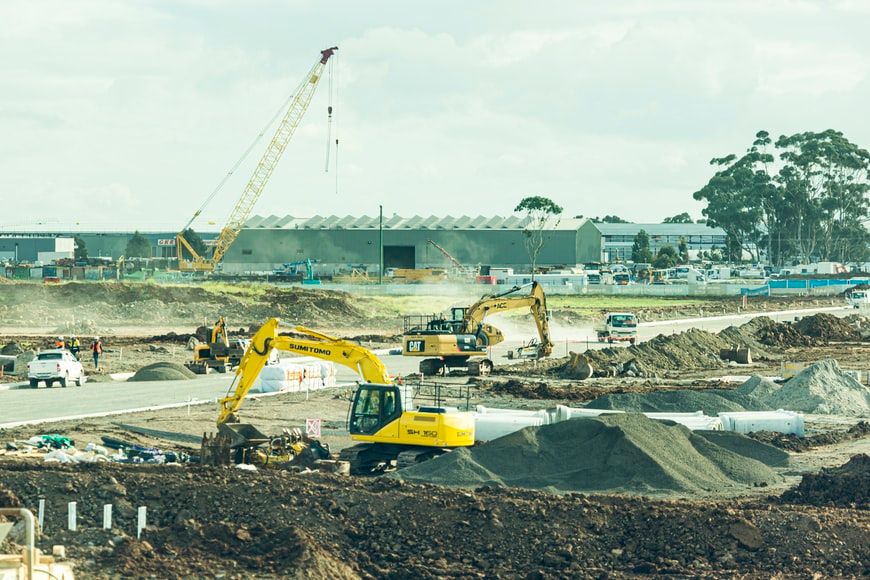The Union Budget focuses on public investment to modernise infrastructure over the medium term, leveraging the technology platform Gati Shakti with a multi-modal approach.
Gati Shakti’s master plan for expressways will be formulated next fiscal year to facilitate faster movement of people and goods. The national highway network will be expanded by 25,000 km in 2022-23. Four multi-modal national park contracts are to be awarded in FY23 at four locations in public-private partnership (PPP) mode.
Finance Minister Nirmala Sitharaman said Rs 20,000 crore will be mobilised through innovative ways of financing to complement public resources.
The FM said that the National Ropeways Development Programme will be taken up in PPP mode as a preferred ecologically sustainable alternative to conventional roads in hilly areas.
The aim is to improve connectivity and convenience for commuters, apart from promoting tourism.
Eight ropeway projects for a length of 60 km will be awarded in FY2022-23, added Sitharaman.
What were the expectations?
The infrastructure sector was expecting a push for infrastructure projects under the National Infrastructure Pipeline (NIP) as it is vital for economic growth. A sustained momentum for infrastructure spending was important to achieve medium-term growth of 7.0% and above, according to a report by EY India.
According to Sujjain Talwar, partner, Economic Laws Practice, monetization of assets in the highway and railway sectors was expected to be the central idea for the sector.
Also read: Union Budget 2022: What do common people expect from the budget?
The focus should have been on ensuring connectivity, enhancing the ease of doing business, and reaching India’s climate change targets. Considering the lower expenditure during the year than the budget allocations, there were possibilities of lower budgetary allocations for the ministries.
Also read: Budget 2022: Shipping ministry seeks budget to expand ship recycling capacity
Previous Budget
In the Union Budget 2021-22, the National Infrastructure Pipeline (NIP) was expanded to 7,400 projects. A corpus of Rs. 20,000 crore was set aside for Development Financial Institution (DFI) to act as a provider, enabler, and catalyst for infrastructure financing.
Debt Financing by Foreign Portfolio Investors was enabled by amending InvITs and REITs legislation. The National Monetization Pipeline was launched to give a push to the monetisation of assets. In all, Rs 5.54 lakh crore was allocated for capital expenditure.





